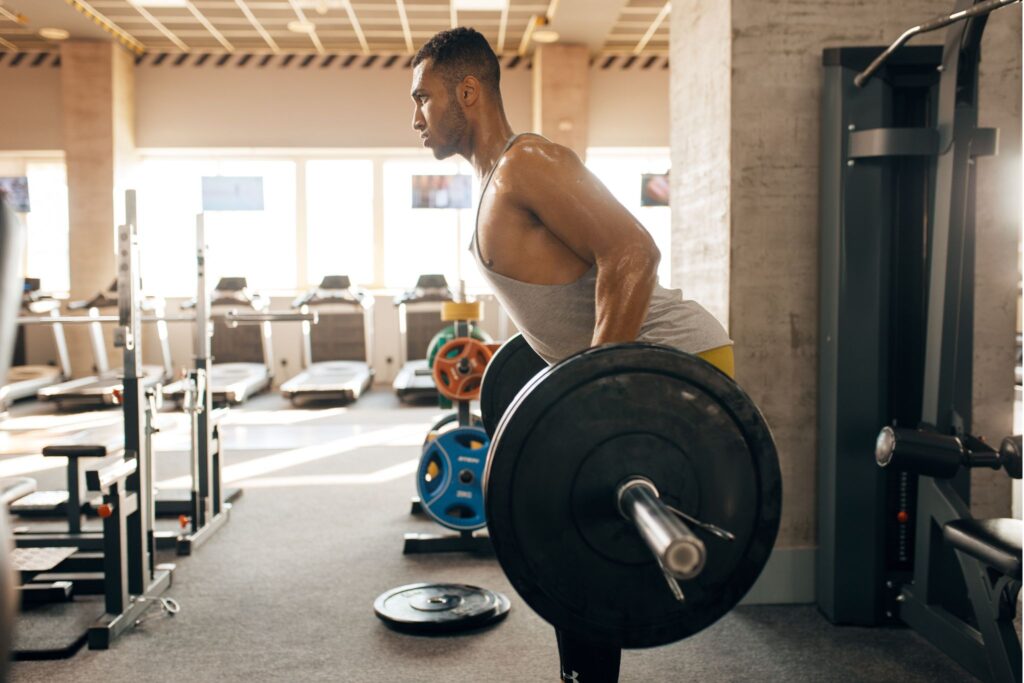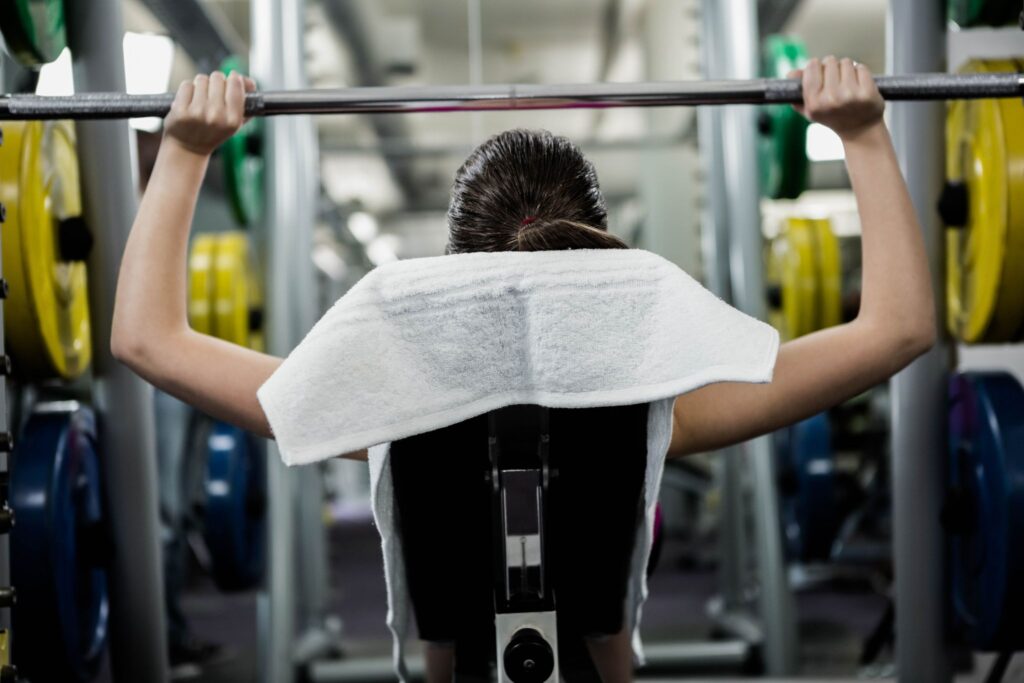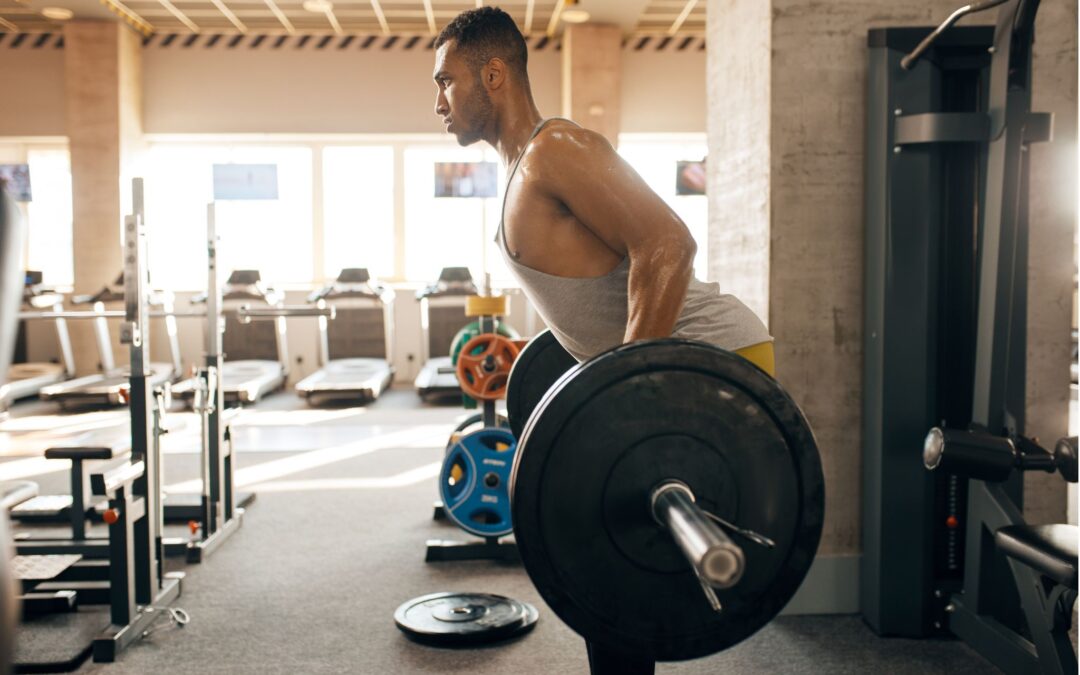
Strength training is essential for overall health, fitness, and functional strength, but improper form can lead to lower back pain, muscle strain, and long-term spinal issues. At Family Chiropractic of Clark, we help gym-goers understand how proper technique, alignment, and spinal awareness can prevent injuries and improve performance.
Why Back Protection Matters
The lower back (lumbar spine) is particularly vulnerable during lifting exercises:
- Deadlifts, squats, and overhead presses place high loads on the lumbar spine
- Poor posture can result in disc compression, ligament strain, or muscle tears
- Weak core and imbalanced muscles amplify the risk of injury
For related conditions and care, visit our Lower Back Pain page.
Core Form Cues for Safe Lifting
1. Neutral Spine
- Keep a natural lumbar curve instead of rounding the lower back
- Engage core muscles to stabilize the spine
- Avoid excessive arching or forward bending during lifts
2. Hip Hinge Technique
- Bend at the hips, not the lower back
- Maintain shoulders over the pelvis when lifting
- Ideal for deadlifts, kettlebell swings, and bent-over rows
3. Proper Foot and Knee Alignment
- Feet should be hip-width apart
- Knees track over toes without collapsing inward
- Distribute weight evenly across the feet
Common Lifting Mistakes
- Rounding the lower back during deadlifts or rows
- Locking knees during squats or lunges
- Overextending the neck while performing overhead presses
- Holding breath instead of using proper breathing patterns
Correcting these mistakes reduces stress on the spine, ligaments, and discs.
Supporting Muscles for Back Safety
Core Strength
- Planks, side planks, and anti-rotation exercises stabilize the lumbar spine
- Glute bridges and hip thrusts strengthen posterior chain muscles
Back and Shoulder Stability
- Rows and pull-ups reinforce upper and mid-back muscles
- Rotator cuff and scapular exercises promote shoulder stability
Flexibility and Mobility
- Hamstring stretches reduce strain on the lower back
- Thoracic extensions improve upper spine mobility
For a complete list of exercises, check our Wellness & Exercises page.
Pre- and Post-Lifting Tips
- Warm-up dynamically before heavy lifting
- Incorporate foam rolling for spine, glutes, and hamstrings
- Use controlled movements rather than momentum
- Hydrate and fuel your body to support muscle recovery and joint health
Chiropractic Care for Lifters
Chiropractic care supports safe lifting by:
- Assessing spinal alignment and posture
- Reducing muscle tension and joint restrictions
- Teaching body mechanics and lifting cues
- Supporting long-term spinal health and injury prevention
Schedule a visit at Family Chiropractic of Clark for a personalized evaluation and form guidance.

Lifestyle Tips for Gym-Goers
- Avoid lifting when fatigued or in pain
- Track your form using mirrors or video
- Include cross-training and cardio to balance muscles
- Prioritize rest and recovery for optimal performance
